Breaking the Cycle in Malawi
How Simple Resources Improve Education for Children
Maryam Kaisi Published on 15 August 2025 | 8:23 AM
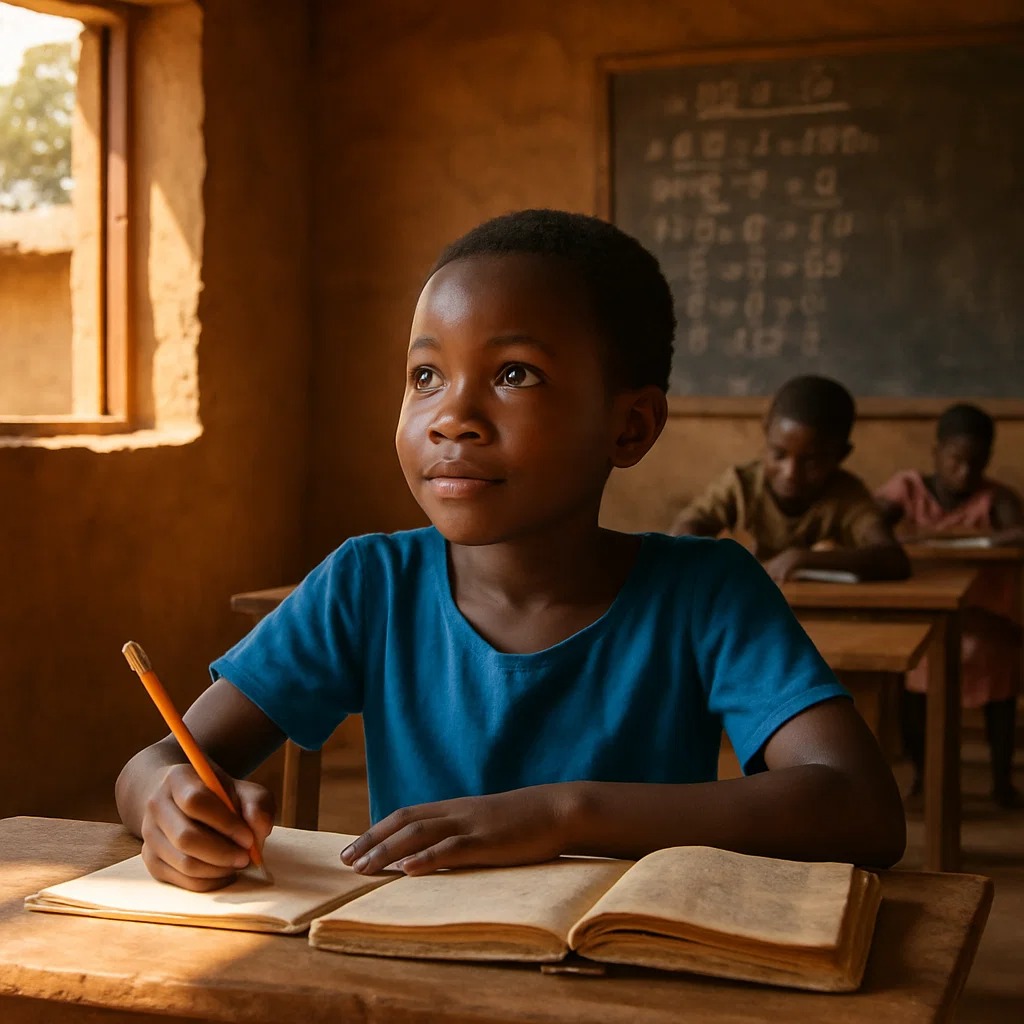
As a young student, I was known as "the smartest student" in my class. Maryam Kaisi—always neat, with a clean, ironed uniform and carefully kept hair. My headmaster would often call out during assembly, “Come and collect your notebooks, little girl,” and each time, it felt like a badge of honor. This recognition boosted my confidence and fueled my drive to work harder. I’d think, “How can the smartest student not also be smart in the brain?” I consistently ranked in the top three with determination, though it wasn’t easy. In classrooms packed with two hundred students, standing out required genuine effort and resilience.
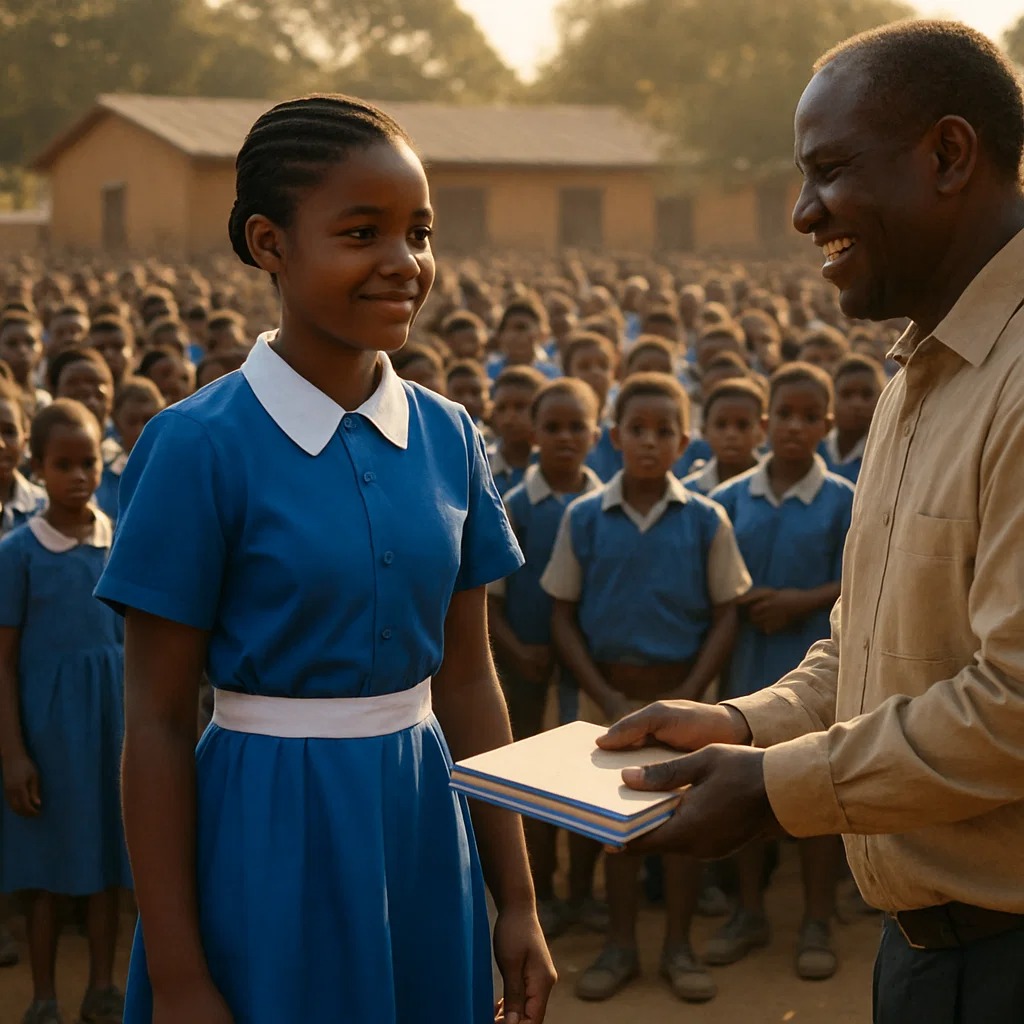
At Chigumula Primary School in Malawi, Blantyre, Traditional Authority Kapeni where I attended grades 1 and 2, the conditions were challenging. We sat on a cold floor in bare classrooms without windows, with only a few rays of natural light reaching those of us sitting in the back. Though I didn’t fully grasp the student-to-teacher ratio's impact then, I noticed its effects. Some students were present in the classroom physically but were struggling academically. The teachers did their best, but with so many students, some inevitably fell behind.

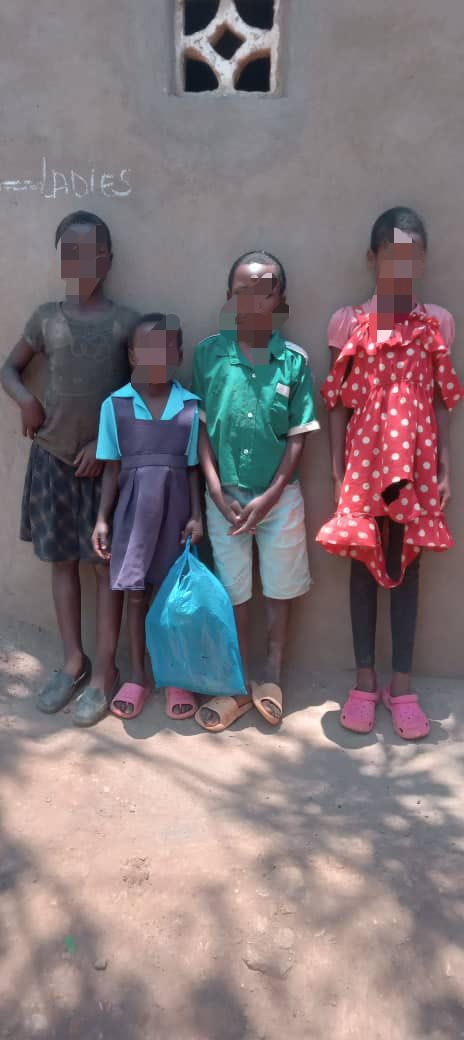
My perspective on education changed when I moved to Lilongwe the capital city of Malawi in 2003 and joined Bambino International Schools, where I completed my primary schooling. The contrast was striking. Classrooms at Bambino were bright, well-lit, and beautifully decorated, creating a comfortable atmosphere for focus and learning. We had desks for each student, and with only about 22 students per class, teachers could offer us individual attention. It was an environment where every student could thrive.
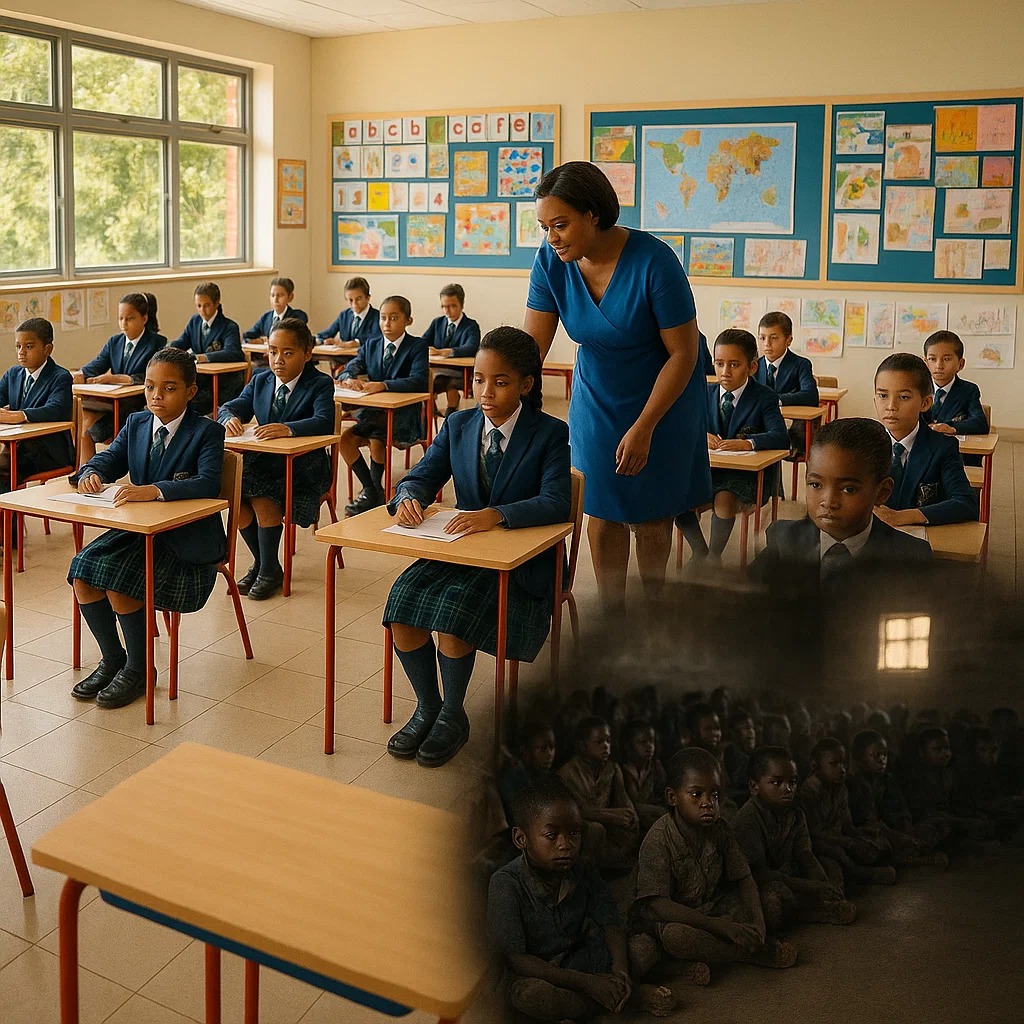
Embracing Quality Education
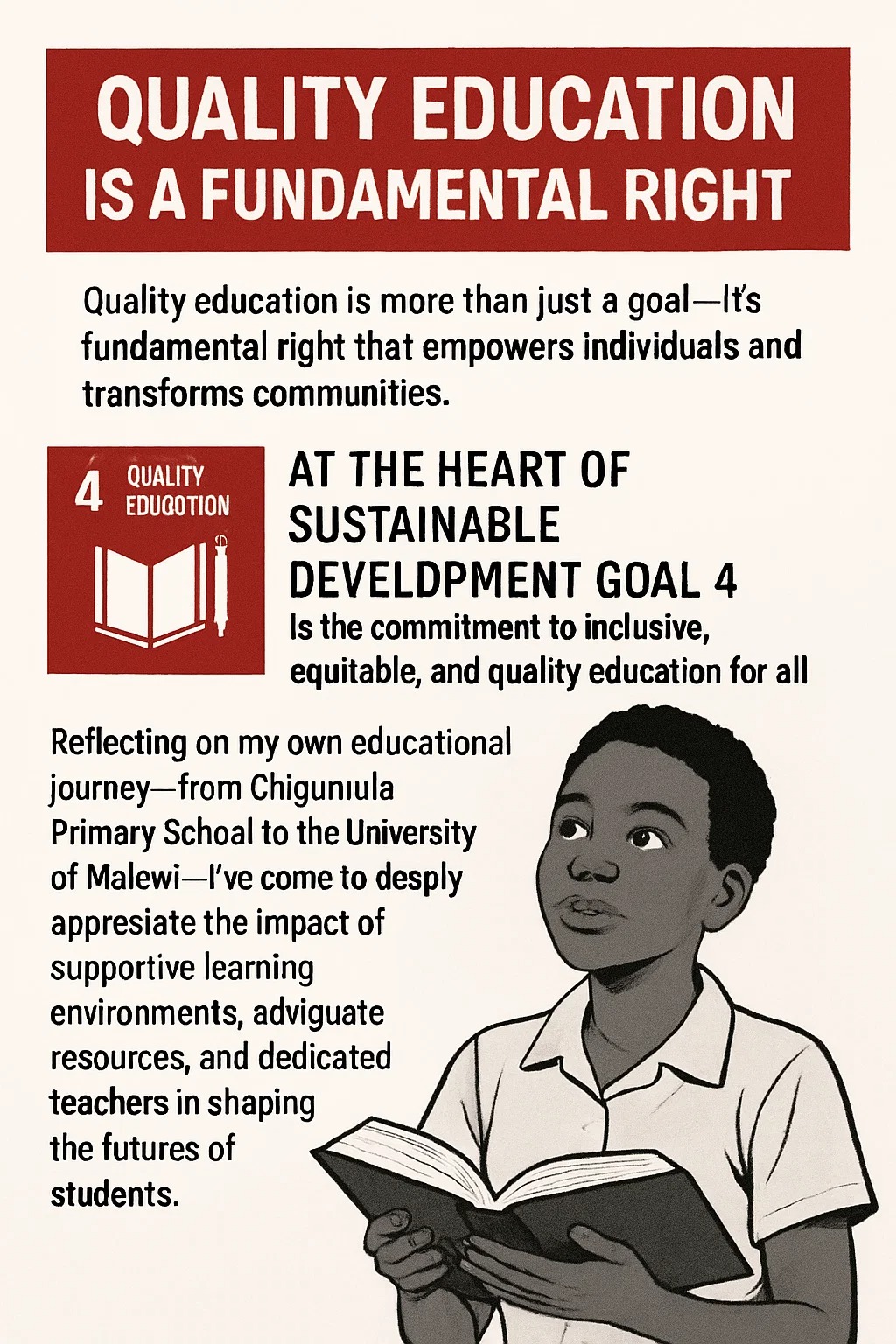
After joining the University of Malawi, I was inspired to give back. In 2016, I began providing essentials like uniforms, shoes, and notebooks to needy students in Chigumula and surrounding communities. Though my reach is limited to what I can personally afford, my impact has touched the lives of over 150 students so far. These small contributions help ensure that students not only attend school but have the essentials to feel prepared, focused, and confident.
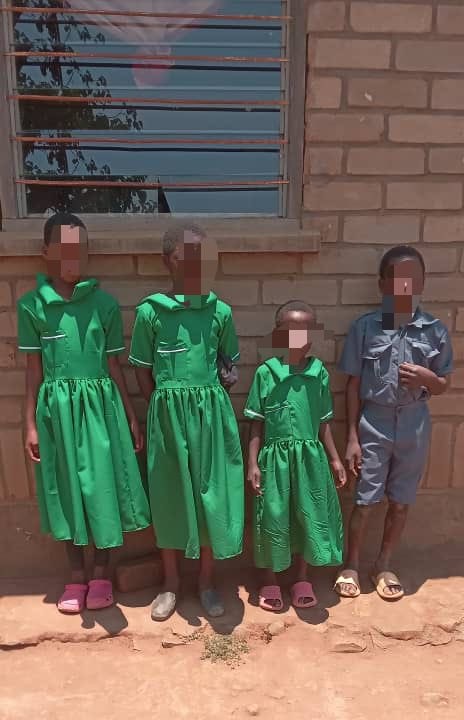
Quality education should be accessible to every child, regardless of their background. I’ve seen how something as simple as having a clean uniform or sturdy shoes can boost a child's self-esteem, encouraging them to participate more actively in their learning. Although these resources may seem minor, they significantly foster a conducive learning environment and promote inclusivity.
Looking Ahead: A Vision for the Future

As we continue striving for SDG 4, let’s remember that every small effort—no matter how local or limited—contributes to this global mission. Together, we can make quality education a reality for all.
References
- United Nations. (2020). SDG4: Quality education. United Nations Regional Information Centre. https://unric.org/en/sdg-4